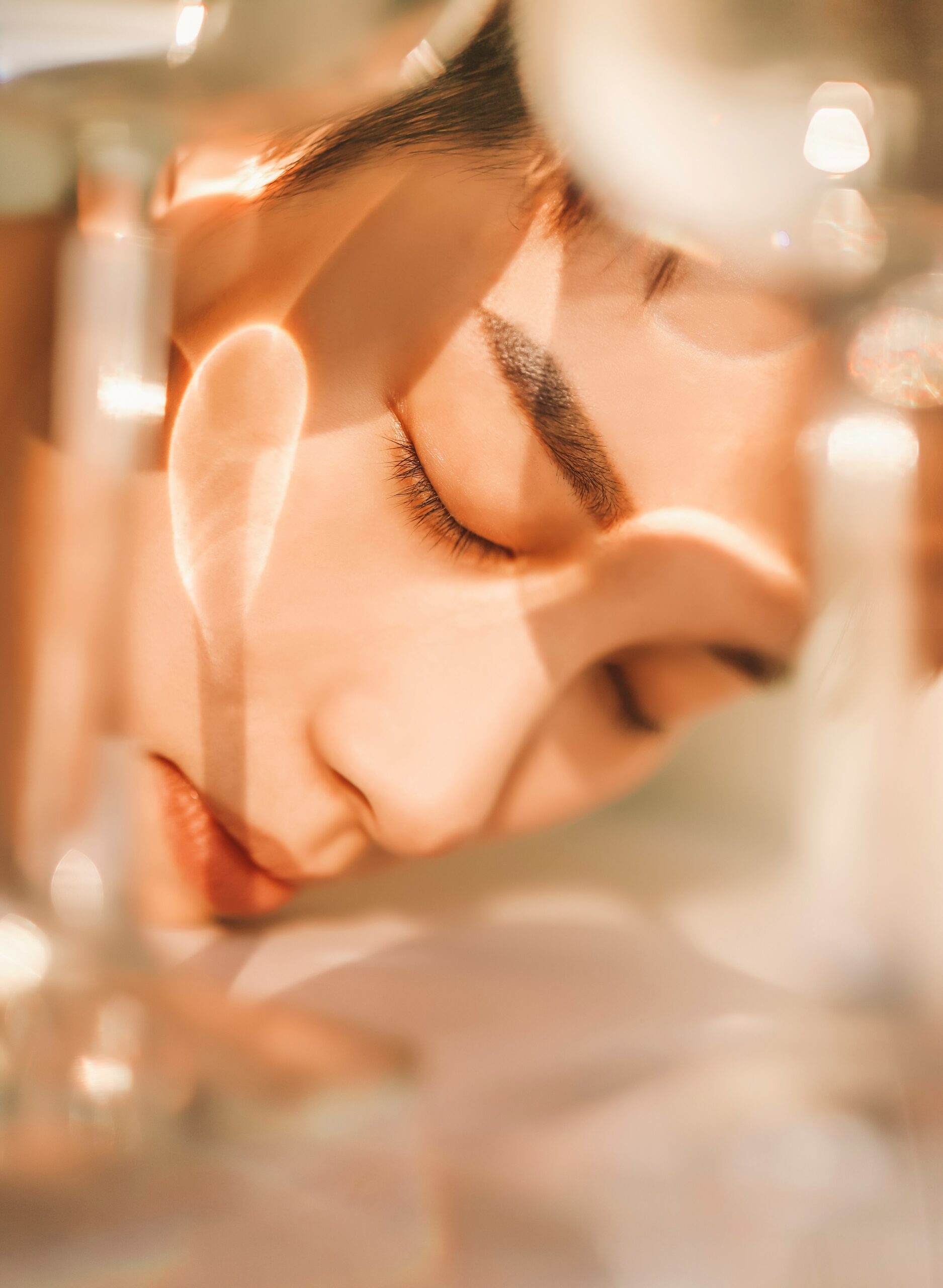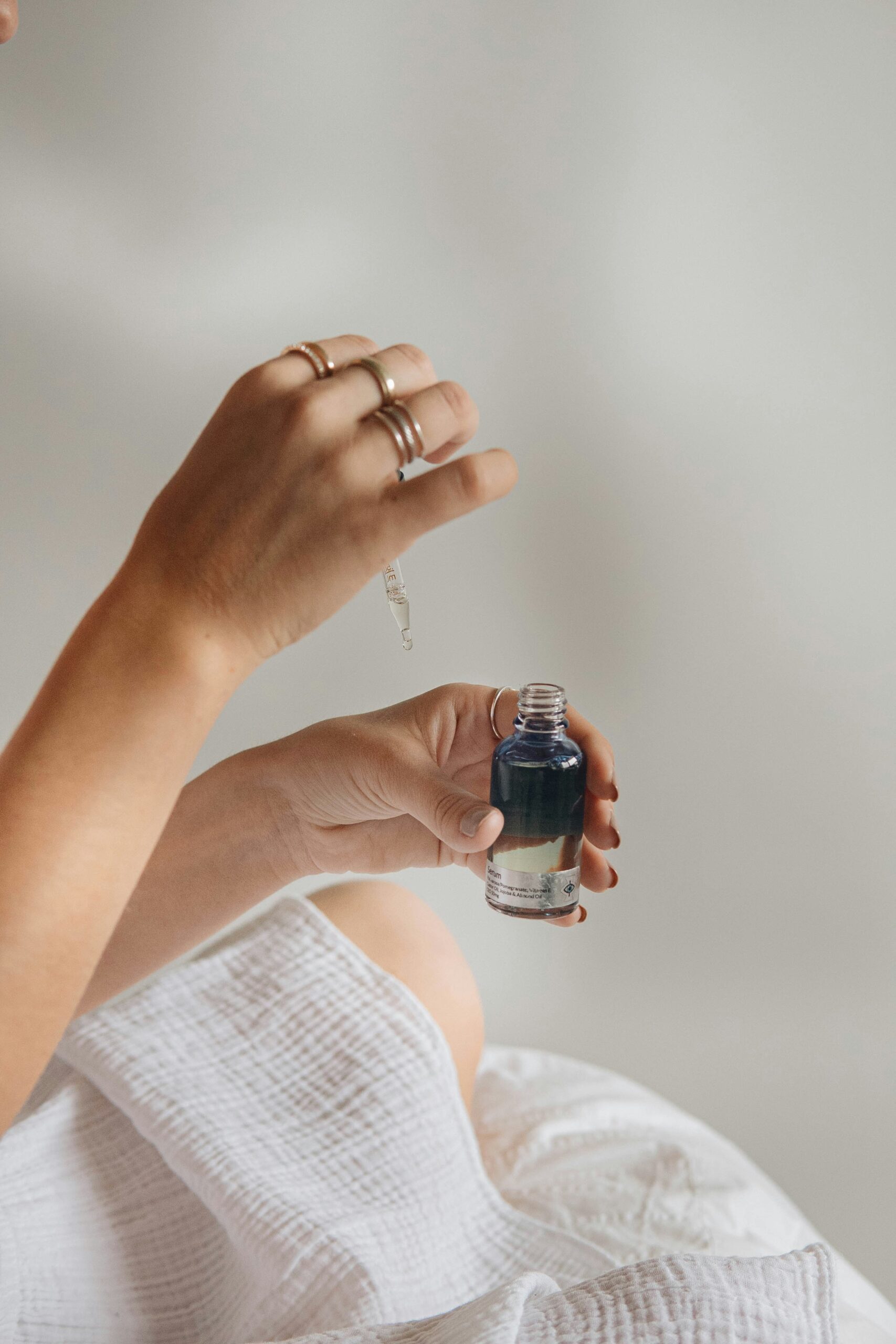Maximizing Sales Through Effective Promotional Program Recommendations
Introduction to Promotional Programs
Promotional programs are strategic initiatives designed to boost sales, increase brand awareness, and foster customer loyalty. These programs encompass a range of activities including discounts, special offers, contests, and loyalty rewards, all aimed at enticing customers to make a purchase or engage with a brand. The importance of promotional programs in driving sales cannot be overstated. They serve as powerful tools for businesses to differentiate themselves in competitive markets, attract and retain customers, and ultimately, increase revenue.
The benefits of well-executed promotional programs extend beyond immediate sales boosts. They create opportunities for businesses to collect valuable customer data, gain insights into consumer behavior, and tailor future marketing efforts more effectively. For instance, a study by the Promotion Marketing Association found that 65% of consumers are motivated to purchase a product during a sale or special offer. Moreover, businesses that regularly employ promotional programs have experienced an average sales increase of 20% over those that do not.
Real-world examples further underline the efficacy of promotional programs. For instance, Coca-Cola’s “Share a Coke” campaign, which personalized bottles with popular names, resulted in a 2% increase in U.S. sales. Similarly, Starbucks’ loyalty program, which offers rewards and incentives to frequent customers, has significantly contributed to the company’s growth, with members accounting for 40% of sales in the U.S. market. These examples highlight how thoughtful and well-implemented promotional strategies can lead to substantial business gains.
In conclusion, promotional programs are essential components of a successful marketing strategy. By offering incentives and creating unique engagements, businesses can not only drive immediate sales but also build long-term customer relationships and enhance brand loyalty. As we delve deeper into the specifics of various promotional strategies, it becomes evident how these programs can be tailored to meet specific business objectives and maximize sales.
Understanding Customer Behavior
Understanding customer behavior is pivotal in creating successful promotional programs. By gaining insights into purchasing habits and preferences, businesses can tailor promotions that resonate deeply with their target audience, thereby maximizing sales. Customer data serves as a foundational element in this process. It reveals patterns and trends that illuminate what customers are buying, when they are buying it, and how frequently they make purchases. Such information is invaluable in designing promotions that appeal directly to consumer desires and needs.
홍보프로그램판매 Market research plays a crucial role in this endeavor. It involves collecting and analyzing data about consumers’ buying behaviors and preferences. Through surveys, focus groups, and observation, businesses can gather qualitative and quantitative data that provide a comprehensive understanding of their customer base. This research helps in identifying the specific factors that influence purchasing decisions, such as price sensitivity, brand loyalty, and product features.
Data analytics further enhances this understanding by transforming raw data into actionable insights. Advanced analytical tools and techniques enable businesses to segment their customer base, identify trends, and predict future behaviors. For instance, data analytics can reveal that a particular demographic group is more likely to respond to discount-based promotions, while another group may be more attracted to loyalty rewards. This level of granularity allows for highly targeted promotional strategies that can significantly increase their effectiveness.
Moreover, leveraging customer data and analytics allows businesses to personalize their marketing efforts. Personalization has become a key driver of customer engagement and retention. By understanding individual customer preferences, businesses can offer tailored promotions that feel relevant and personalized, thereby enhancing the customer experience and fostering loyalty. In essence, the more a business knows about its customers, the better it can serve them through well-crafted promotional programs that drive sales and build lasting relationships.
Types of Promotional Programs
Businesses looking to maximize sales can leverage a variety of promotional programs, each with unique benefits and potential drawbacks. These programs can be broadly categorized into discounts, loyalty programs, referral programs, and seasonal promotions, among others.
Discounts are among the most straightforward promotional strategies. Offering a percentage off or a fixed amount reduction on products can significantly boost sales, especially for price-sensitive customers. However, excessive reliance on discounts might erode profit margins and condition customers to expect lower prices continually. An example of a successful discount implementation is Black Friday sales, where retailers offer substantial discounts to drive large volumes of sales within a short period.
Loyalty programs aim to encourage repeat purchases by rewarding customers for their continued patronage. These programs can take various forms, such as point systems, tiered rewards, or exclusive member benefits. The main benefit is increased customer retention and lifetime value. However, the initial setup and ongoing management can be resource-intensive. Starbucks’ Rewards Program is a prime example, offering points for every purchase that can be redeemed for free items, thereby fostering customer loyalty.
Referral programs incentivize existing customers to bring in new customers, typically through rewards or discounts for both the referrer and the referred. This type of program leverages word-of-mouth marketing, which is highly effective and cost-efficient. The potential drawback is the possibility of attracting customers who are solely interested in the referral reward and may not convert into long-term patrons. Dropbox successfully used a referral program to grow its user base, offering extra storage space for both referrers and their friends.
Seasonal promotions capitalize on specific times of the year, such as holidays, back-to-school seasons, or summer sales, to drive sales. These promotions create a sense of urgency and capitalize on the increased spending behavior during these periods. However, the effectiveness of seasonal promotions can be limited to specific times of the year, leading to potential sales slumps during non-peak periods. For instance, Christmas sales in retail stores often see a significant spike in revenue, driven by exclusive holiday discounts and promotions.
By understanding and strategically implementing these various promotional programs, businesses can effectively enhance their sales and build stronger customer relationships.
Creating Effective Promotional Strategies
Creating effective promotional strategies is crucial for maximizing sales and achieving business success. The process begins with setting clear objectives. Establishing precise and measurable goals helps in tracking the performance of the promotional activities. These objectives should align with the overall business goals, ensuring that every promotional effort contributes to the broader mission of the company.
Identifying the target audience is the next critical step. Understanding who your customers are, their preferences, and purchasing behaviors allows for crafting tailored messages that resonate with them. Market research and customer data analysis are invaluable tools in determining the demographic, psychographic, and behavioral characteristics of the target audience. This information ensures that the promotional strategies are relevant and engaging to the intended consumers.
Choosing the right type of promotion is equally important. Different promotions serve different purposes, whether it’s boosting short-term sales, increasing brand awareness, or encouraging customer loyalty. Options include discounts, special offers, loyalty programs, contests, and social media campaigns. The choice of promotion should align with the set objectives and the preferences of the target audience. Moreover, integrating both online and offline promotional channels can amplify the reach and impact of the campaign.
Determining the optimal timing for the promotion can significantly influence its effectiveness. Seasonal trends, market conditions, and competitive actions are factors to consider when scheduling promotional activities. For instance, holiday seasons or back-to-school periods may present opportunities for increased consumer spending. Analyzing past promotional performance can also provide insights into the best times to launch new campaigns.
In conclusion, every element of the promotional strategy must be meticulously planned and executed. Aligning promotional strategies with overall business goals, understanding the target audience, selecting the appropriate type of promotion, and timing it effectively are the cornerstones of a successful promotional program. By following these steps, businesses can create impactful promotional strategies that drive sales and foster long-term growth.
Leveraging Technology for Promotions
In today’s rapidly evolving digital landscape, technology plays a pivotal role in amplifying the effectiveness of promotional programs. One of the key technological tools in this realm is Customer Relationship Management (CRM) systems. By leveraging CRM systems, businesses can gather, analyze, and utilize customer data to tailor promotions that resonate with individual preferences and behaviors. This personalization not only increases engagement but also enhances customer loyalty, thereby driving sales growth.
Marketing automation tools further augment the promotional capabilities of businesses. These tools enable the automation of repetitive marketing tasks, such as email campaigns, social media posts, and ad placements. By automating these processes, businesses can ensure consistent and timely communication with their target audience. Moreover, marketing automation tools allow for sophisticated segmentation and targeting, ensuring that promotional messages reach the right audience at the right time, thereby maximizing their impact.
Social media platforms are indispensable in the current promotional landscape. They provide a direct channel for engaging with customers and disseminating promotional content. With billions of active users, social media platforms offer unparalleled reach and the ability to engage with customers in real-time. Furthermore, social media analytics provide insights into customer preferences and behaviors, enabling businesses to refine their promotional strategies continuously.
The benefit of personalized promotions cannot be overstated. Personalized promotions, facilitated by technology, lead to higher conversion rates as they speak directly to the needs and desires of individual customers. By analyzing data from CRM systems and marketing automation tools, businesses can create highly targeted offers that are more likely to result in purchases. This not only boosts sales but also enhances the customer experience, fostering long-term loyalty.
In conclusion, the integration of technology into promotional programs is not just an advantage but a necessity in today’s competitive market. By utilizing CRM systems, marketing automation tools, and social media platforms, businesses can create personalized and effective promotional campaigns that engage customers and drive sales.
Measuring the Success of Promotional Programs
To effectively measure the success of promotional programs, businesses must focus on specific key metrics and key performance indicators (KPIs). These metrics provide a quantifiable means to evaluate the impact of promotional efforts and guide future strategy. Among the most critical metrics are Return on Investment (ROI), conversion rates, and customer acquisition costs.
ROI is a foundational metric that assesses the profitability of a promotional program. It is calculated by dividing the net profit generated by the promotion by the total costs incurred. A positive ROI indicates a successful promotion, while a negative ROI suggests that the costs outweighed the benefits. Regularly monitoring ROI helps businesses identify which promotional strategies yield the highest returns and allocate resources more effectively.
Conversion rates are another essential metric. These rates measure the percentage of individuals who take a desired action, such as making a purchase, after engaging with a promotional campaign. High conversion rates signify that the promotion effectively persuaded the target audience, while low rates may indicate a need for refinement in messaging or targeting. By analyzing conversion rates, businesses can gauge the effectiveness of different promotional tactics and make data-driven adjustments.
Customer acquisition cost (CAC) provides insight into the expense involved in attracting new customers through a promotional program. CAC is calculated by dividing the total promotional spend by the number of new customers acquired. A lower CAC indicates a more cost-efficient promotion. Monitoring CAC enables businesses to compare the efficiency of various promotional channels and tactics, optimizing their strategies to minimize costs while maximizing customer acquisition.
Interpreting these metrics involves a comprehensive analysis of the data collected. For instance, a promotion with a high conversion rate but a low ROI may suggest that although the campaign was persuasive, the costs were too high to justify the investment. Conversely, a low CAC combined with a high conversion rate and positive ROI would indicate a highly successful promotion. By continually analyzing these key metrics, businesses can refine their promotional strategies, ensuring sustained growth and profitability.
Case Studies of Successful Promotional Programs
To better understand the efficacy of promotional programs, examining real-world examples provides valuable insights. Below are case studies of companies that have successfully implemented promotional strategies, detailing their approaches, challenges, and outcomes.
Case Study 1: XYZ Electronics
XYZ Electronics, a mid-sized consumer electronics retailer, launched a multi-channel promotional campaign to boost holiday sales. Their strategy included a mix of digital advertising, in-store discounts, and limited-time offers. The challenge was to stand out in a highly competitive market during the busiest shopping season of the year.
XYZ Electronics focused on personalized email marketing, targeting previous customers with exclusive deals based on their purchase history. They also partnered with social media influencers to reach a broader audience. The result was a 25% increase in sales compared to the previous year, with a significant uptick in both online and in-store transactions. The key to their success was the cohesive integration of various marketing channels, ensuring a consistent message and experience across all platforms.
Case Study 2: ABC Fashion
ABC Fashion, a boutique clothing brand, aimed to increase brand awareness and drive sales through a seasonal promotional program. They launched a series of flash sales and pop-up events, both online and offline, to create a sense of urgency among shoppers.
One of the main challenges ABC Fashion faced was maintaining inventory levels to meet the sudden spike in demand. By utilizing real-time data analytics, they were able to adjust their stock levels dynamically and avoid stockouts. The promotional program led to a 30% increase in website traffic and a 20% boost in sales. The success of this program was attributed to the effective use of scarcity marketing and the seamless integration of online and offline experiences.
Case Study 3: Foodie Delights
Foodie Delights, a gourmet food delivery service, sought to expand its customer base through a referral program. They offered existing customers discounts for every new customer they referred. The challenge was to incentivize current customers without significantly cutting into profit margins.
To address this, Foodie Delights introduced tiered rewards, offering greater discounts for multiple referrals. They also implemented a user-friendly referral tracking system to make it easy for customers to participate. The program resulted in a 40% increase in new customer sign-ups and a 15% rise in overall sales. The success of this promotional program was largely due to its simplicity and the tangible benefits offered to participants.
These case studies underscore the importance of a well-rounded promotional program that leverages multiple channels, addresses potential challenges proactively, and offers clear, compelling incentives. By analyzing and replicating these strategies, other businesses can enhance their promotional efforts and drive significant sales growth.
Conclusion and Recommendations
In the journey toward maximizing sales, businesses must give due importance to the design and execution of effective promotional programs. Our discussion has highlighted several critical aspects that contribute to the success of promotional campaigns. Firstly, understanding the target audience and their preferences is paramount. This involves rigorous market research and leveraging customer data to create personalized and impactful promotions.
Secondly, the selection of appropriate promotional tools and channels is crucial. Whether it’s discounts, special offers, or loyalty programs, the chosen method should resonate with the audience and align with the brand’s overall strategy. Furthermore, integrating both online and offline channels ensures a broader reach and better engagement.
Another key point is the significance of timing and seasonality. Launching promotions during peak seasons or in response to current events can significantly amplify their effectiveness. However, businesses must also be prepared to adapt these strategies based on real-time feedback and emerging market trends.
Lastly, tracking and analyzing the performance of promotional activities cannot be overstated. Utilizing analytics tools to assess the ROI, customer engagement, and sales uplift provides valuable insights that inform future campaigns. Continuous evaluation and refinement of promotional strategies are essential to maintain their relevance and effectiveness.
For businesses aiming to implement or enhance their promotional programs, our primary recommendation is to adopt a customer-centric approach. This means constantly seeking customer feedback and being agile enough to pivot strategies when necessary. Additionally, staying informed about market trends and competitors’ actions will provide a competitive edge.
We encourage businesses to start planning their next promotional campaign with these insights in mind. By doing so, they can create compelling promotions that not only attract but also retain customers, ultimately driving sustained sales growth.









